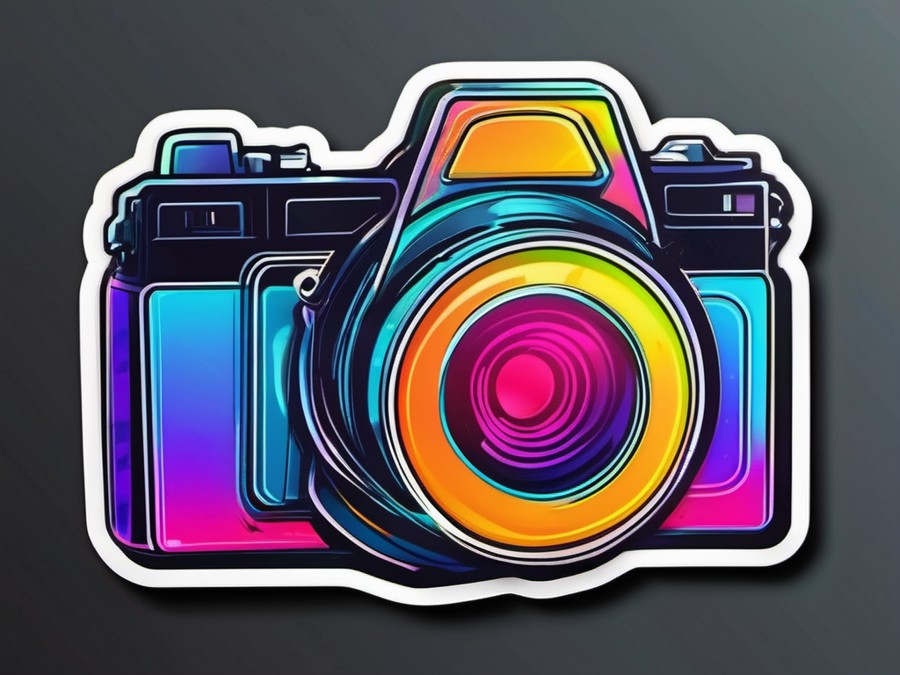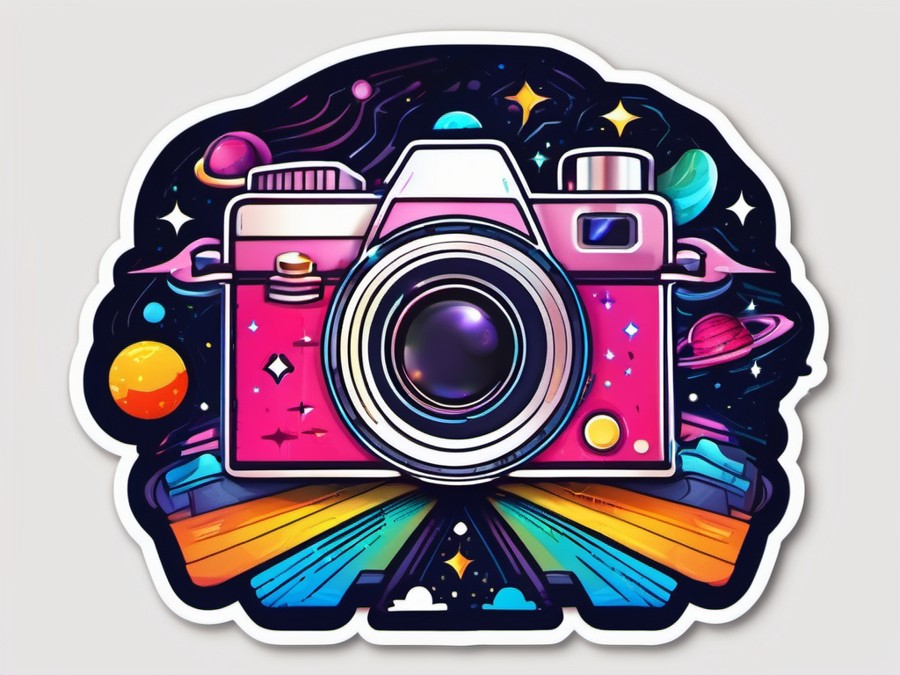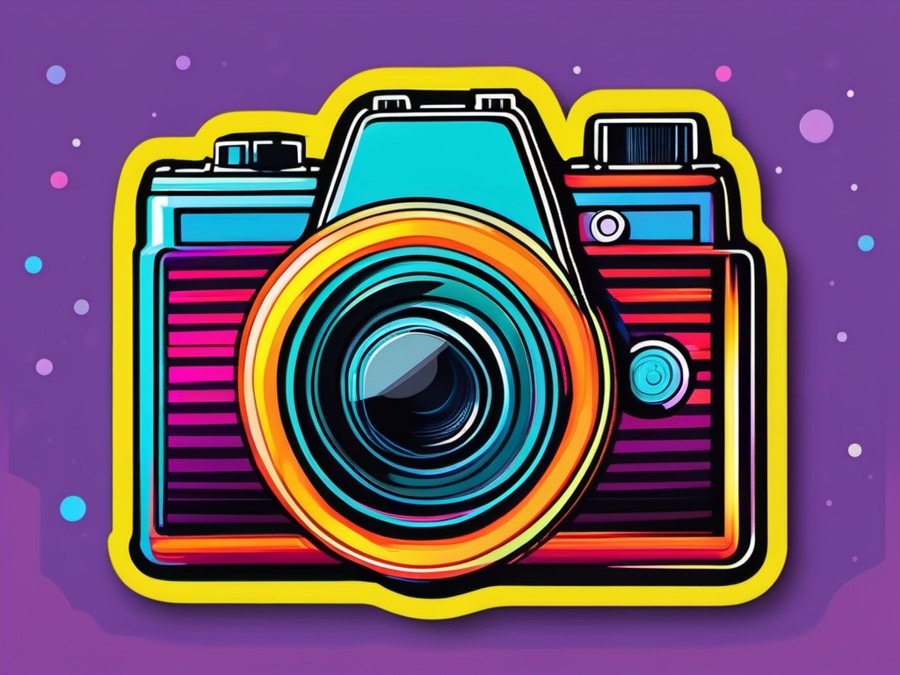· Charlotte Will · Cameras · 9 min read
What is the best camera for wildlife photography?
Discover the best cameras for wildlife photography, including top models from Canon, Nikon, and Sony. Learn about essential features like autofocus speed, low-light performance, and weather sealing. Find out which lenses are best for capturing elusive subjects in their natural habitat.

Capturing the essence of wild animals in their natural habitat is an art form that requires not just skill but also top-notch equipment. The best camera for wildlife photography is the one that can capture those fleeting moments with precision, speed, and clarity. Whether you’re a seasoned photographer or just starting out on your wildlife adventure, choosing the right camera is crucial. So, what makes a great wildlife photography camera? Let’s dive into the details and find out.
Understanding Wildlife Photography Requirements
Autofocus and Burst Mode
Wildlife photography often involves capturing fast-moving subjects. The best wildlife cameras need to have a superior autofocus system that can lock onto the subject quickly and accurately. Burst mode is another essential feature; it allows you to take multiple shots in quick succession, ensuring you don’t miss the perfect moment. A fast autofocus system and a high frame rate are non-negotiable for capturing those split-second actions.
Low Light Performance
Animals don’t always cooperate and pose in well-lit areas. Often, you’ll find yourself shooting in low light conditions, such as dawn or dusk. Thus, a camera with excellent low-light performance is paramount. This usually means having a high ISO range, which helps in capturing clear images even when natural light is scarce.
Weather Sealing
Wildlife photography isn’t always about sunny days. You might find yourself in rain, snow, or dusty conditions. Weather sealing ensures your camera can withstand these harsh elements without compromising on image quality. A well-sealed camera body is a lifesaver in unpredictable outdoor conditions.
Types of Cameras Suitable for Wildlife Photography
DSLRs
Digital Single-Lens Reflex (DSLR) cameras have long been favored by wildlife photographers for their speed, image quality, and extensive lens options. They offer a robust system tailored for various shooting conditions. However, they can be bulkier and heavier compared to mirrorless cameras.
Mirrorless Cameras
Mirrorless cameras are becoming increasingly popular due to their compact size, advanced autofocus systems, and excellent video capabilities. They are also known for their silent shooting mode, which is less likely to startle animals. The lack of a mirror mechanism makes them lighter and quieter, essential for discretion in wildlife photography.
Point-and-Shoot Cameras
While point-and-shoot cameras are convenient and portable, they generally don’t meet the demands of wildlife photography. They often lack the speed, lens options, and low-light performance required for capturing wildlife in action.
For more on the advantages of DSLRs, check out our article on What is the Best DSLR Camera for Wildlife Photography?.
Key Features to Look For in a Wildlife Camera
Image Quality
The sensor size and resolution of your camera play a significant role in image quality. Full-frame sensors offer better noise performance and dynamic range, making them ideal for low-light conditions. Higher resolution means you can crop your images without losing detail, crucial when shooting from a distance.
Autofocus System
A top-notch autofocus system is critical for wildlife photography. Look for cameras with advanced AF systems that offer a high number of focus points and sophisticated tracking capabilities. The ability to lock onto a moving subject accurately can make or break your shot.
Frame Rate
High frame rates allow you to capture sequences of images quickly. This is particularly useful for action shots, where a slight delay can miss out on the perfect moment. Frame rates are usually measured in frames per second (fps), and higher is generally better for wildlife photography.
Top Camera Brands for Wildlife Photography
Canon
Canon has been a staple in the wildlife photography world, known for its robust and reliable cameras. Models like the Canon EOS 5D Mark IV offer exceptional image quality and performance, making them a favorite among professionals.
Nikon
Nikon cameras are also highly regarded for wildlife photography. The Nikon D850, for instance, is praised for its high resolution and excellent low-light performance. Nikon’s autofocus systems are also renowned for their accuracy and speed.
Sony
Sony has made significant strides in the mirrorless camera market, offering models that rival and sometimes surpass their DSLR counterparts. The Sony Alpha a9 II, for example, is known for its fast autofocus and high frame rates.
For a deeper dive into Sony’s models, check out our article on What is the best mirrorless camera for low-light photography?.
The Best Full-Frame Cameras for Wildlife Photography
Canon EOS 5D Mark IV
The Canon EOS 5D Mark IV is a favorite among wildlife photographers for its superior image quality and robust build. It features a 30.4-megapixel full-frame sensor, advanced autofocus system, and exceptional low-light performance.
Nikon D850
The Nikon D850 offers an impressive 45.7-megapixel full-frame sensor, providing incredible detail and dynamic range. Its autofocus system is highly regarded for its accuracy and speed, making it an excellent choice for wildlife photography.
Sony Alpha a9 II
The Sony Alpha a9 II is a mirrorless powerhouse, known for its fast autofocus, high frame rates (20 fps), and excellent image quality. Its silent shooting mode is a boon for wildlife photographers looking to capture elusive subjects without disturbing them.
If you’re interested in the best low-light performance, check out our article on What is the Best DSLR Camera for Low-Light Photography?.
The Best Budget Cameras for Wildlife Photography
Canon EOS Rebel T7i / 800D
For those on a budget, the Canon EOS Rebel T7i (also known as the 800D) offers a great balance of features and affordability. It has a 24.2-megapixel APS-C sensor, decent autofocus system, and good low-light performance for its class.
Nikon D7500
The Nikon D7500 is another excellent budget option, boasting a 20.9-megapixel APS-C sensor and an advanced autofocus system. Its high ISO capabilities make it a solid choice for low-light conditions.
Sony Alpha a6400
The Sony Alpha a6400 is a compact and affordable mirrorless option. It offers a 24.2-megapixel APS-C sensor, fast autofocus, and excellent image quality. Its size makes it a great choice for those who prefer a lighter setup.
The Best Mirrorless Cameras for Wildlife Photography
Sony Alpha a9 II
The Sony Alpha a9 II is often considered the best mirrorless camera for wildlife photography. Its fast autofocus, high frame rates (20 fps), and excellent image quality make it a top choice for professionals. The silent shooting mode is also a significant advantage.
Fujifilm X-T4
The Fujifilm X-T4 is a high-performing mirrorless camera with a 26.1-megapixel APS-C sensor, advanced autofocus system, and good low-light capabilities. Its compact size makes it a great option for wildlife photographers who prefer a lighter setup.
Olympus OM-D E-M1 Mark III
The Olympus OM-D E-M1 Mark III is known for its excellent image stabilization, fast autofocus, and high frame rates. It also offers good weather sealing, making it suitable for outdoor conditions.
Choosing the Right Lens for Wildlife Photography
Telephoto Lenses
Telephoto lenses are essential for wildlife photography as they allow you to capture distant subjects without disturbing them. Popular choices include the Canon EF 100-400mm f/4.5-5.6L IS II USM and the Nikon AF-S NIKKOR 200-500mm f/5.6E ED VR.
Prime vs. Zoom Lenses
Prime lenses offer superior image quality and faster apertures, but they lack the versatility of zoom lenses. On the other hand, zoom lenses provide a range of focal lengths but may not match prime lenses in terms of sharpness and speed. The best choice depends on your specific needs and shooting style.
Image Stabilization
Image stabilization is crucial for handheld shooting, particularly in low-light conditions. Lenses with built-in image stabilization help reduce camera shake, resulting in sharper images.
For more on lens selection for landscape photography, check out our article on What is the Best Film Camera for Landscape Photography?.
Additional Considerations
Battery Life
Long battery life is essential for outdoor photography. The last thing you want is your camera running out of juice in the middle of a shoot. Look for cameras with good battery performance or consider carrying extra batteries.
Build Quality and Durability
Wildlife photography often involves rugged conditions. A camera with a robust build can withstand the wear and tear of outdoor shooting. Look for models with good weather sealing and durable construction.
Buffer Size and Memory Card Speed
When shooting in burst mode, your camera needs to quickly process and store a large number of images. A fast memory card with a large buffer size ensures your camera can handle these demands efficiently.
Real-World Examples and Stories
Personal Anecdotes from Wildlife Photographers
Wildlife photographers often share stories of their experiences in the field. These anecdotes can provide valuable insights into different camera setups and their performance under real-world conditions. Listening to these tales can offer practical tips and help you make informed decisions.
Iconic Wildlife Photos
Analyzing iconic wildlife photos can also give you a sense of the gear used to capture those images. Understanding the camera settings and lenses behind these frames can provide a blueprint for your own photography journey.
Conclusion
Choosing the best camera for wildlife photography involves considering multiple factors, including autofocus speed, low-light performance, frame rates, and build quality. Whether you opt for a DSLR or mirrorless camera, the key is to find a setup that meets your specific needs and enhances your photography experience. With the right camera in hand, you’ll be well-equipped to capture the wonders of the wild.
FAQs
What is the best camera for bird photography?
The best camera for bird photography often overlaps with those suitable for general wildlife photography. Cameras like the Sony Alpha a9 II, Canon EOS 5D Mark IV, and Nikon D850 are excellent choices due to their fast autofocus systems, high frame rates, and good low-light performance.
Is a full-frame camera necessary for wildlife photography?
While not absolutely necessary, full-frame cameras offer several advantages for wildlife photography, including better low-light performance and dynamic range. However, there are also excellent APS-C options that can provide impressive results at a more affordable price point.
How important is weather sealing in a wildlife camera?
Weather sealing is crucial for wildlife photography as it ensures your camera can withstand harsh outdoor conditions without compromising on image quality. A well-sealed camera body is a lifesaver in unpredictable weather situations.
What is the best lens for wildlife photography?
Telephoto lenses are essential for wildlife photography. Popular choices include the Canon EF 100-400mm f/4.5-5.6L IS II USM and the Nikon AF-S NIKKOR 200-500mm f/5.6E ED VR. These lenses offer a good range and quality for capturing distant subjects without disturbing them.
Can a point-and-shoot camera be used for wildlife photography?
While point-and-shoot cameras are convenient and portable, they generally don’t meet the demands of wildlife photography. They often lack the speed, lens options, and low-light performance required for capturing wildlife in action.
For more insights into gear selection, check out our article on What is the Best Monopod Case for Wildlife Photography?.
This article aims to provide a comprehensive guide on choosing the best camera for wildlife photography. By considering the various factors discussed, you can make an informed decision that enhances your photography experience in the wild. Happy shooting!




